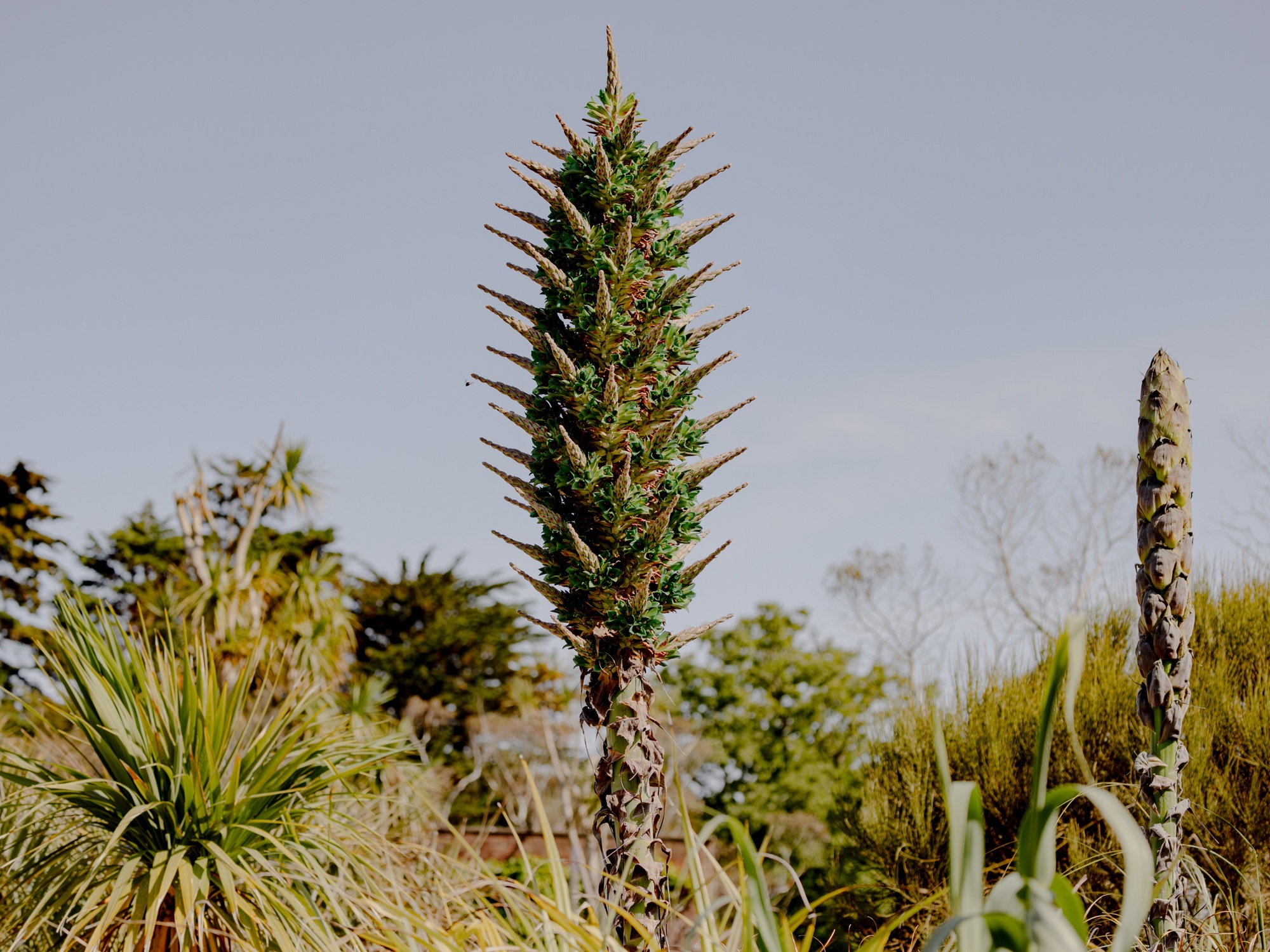An inspiring exhibition featuring the Royal Botanic Garden Edinburgh’s (RBGE) seaweed collections and telling the story of the role marine vegetables have played in Scotland over the generations will draw to a close on Sunday.
Cooking Sections: Tidal Records, a research study featuring seaweed collections and imagery from RBGE’s Herbarium, home to over three million preserved plant specimens, can be viewed at the Botanic Cottage daily until Sunday (29 August).
By examining the archive of preserved seaweed specimens and associated scientific literature held at RBGE, Cooking Sections have brought the beautiful forms of seaweed together with their history of use and our understanding of them. Women played a key role in unravelling the mysteries of seaweed. The study showcases the work of nineteenth and twentieth century women who collected and studied seaweeds at a time when being a professional scientist was not an option open to them. Perhaps the most remarkable story is that of Kathleen Drew-Baker (1901-1957) who published in the prestigious scientific journal Nature on the life cycle of the seaweed known as laver or sloke, Porphyra umbilicalis. Her discoveries unlocked the mysteries of the unreliable nature of the nori harvest in Japan, a related species used to make the seaweed sheets used for rolling sushi. Armed with the knowledge of the life cycle the nori industry was revolutionised and Drew-Baker became known in Japan as ‘Mother of the Sea’. Despite her influential work, the name of Kathleen Drew-Baker is not widely known in Britain. Tidal Records is a step towards bringing seaweeds, and a group of women scientists, out of the margins and placing them centre stage.
Dr Max Coleman, Science Communicator at RBGE, explained: “Seaweed has been a traditional foraged food in coastal Scottish communities for as long as people have inhabited the coast. Despite being nutritious and abundant it became associated with scratching a living on the margins, a food of the poor. In 1709 Robert Sibbald, co-founder of the Royal Botanic Garden Edinburgh, recommended seaweed as a famine food. This was wise and well-intentioned, but probably reinforced the stigma around eating seaweed. Fast forward over 300 years and seaweed is now viewed as an exciting future food which could be sustainably farmed around Scotland’s coast. This nutritious food contains all the nutrient groups we need and balances our diet with minerals missing from agricultural soils.’’
Tidal Records explores the history of seaweed use in Scotland and some of the women who have worked on these often-overlooked marine plants. The artists, Cooking Sections, behind the work are using this study to continue to develop their CLIMAVORE framework. The thinking behind CLIMAVORE is that by adapting our diet to include the most climate-friendly foods growing nearby we can all play a part in responding to the climate emergency. It makes sense that a climate-friendly diet in Scotland would include seaweed. The big advantage of seaweed, apart from local abundance, is that no fertilizer or other chemical input is needed to grow it, and no environmentally damaging waste products are produced. As well as eating seaweed we can feed it to animals, freeing up land to produce crops instead of animal feed. In terms of both climate and the environment seaweed is a true superfood.
However, the history of seaweed use in Scotland is much more than food. It shows the versatility of these plants as sources of useful chemical compounds used in a variety of industries. It is also a lesson in the danger of boom-and-bust economics. An early use of seaweed was burning to create ash used as a food preservative to prolong the life of cheese and meat. As the industrial revolution gathered pace burning seaweed, particularly kelp (Laminaria species), became a major source of income for some communities as the potash and soda in the ash was needed for the manufacture of glass and soap. At the start of the nineteenth century 100,000 people worked collecting and burning seaweed in the Highlands and Islands in an industry worth £7.5 million pounds annually in today’s money.
The collapse of the kelp burning industry was caused by the discovery of cheaper sources of both potash and soda. There was a brief revival of burning in the 1840s based on the need for iodine, but iodine-rich mineral deposits soon made this industry uneconomic too. The most recent industrial use of seaweed has been for the extraction of alginates. These chemicals absorb water to form viscous gels and have many applications in food processing and medicine. Scotland’s alginate industry went into decline in the 1970s-80s, although alginates are still widely used.

